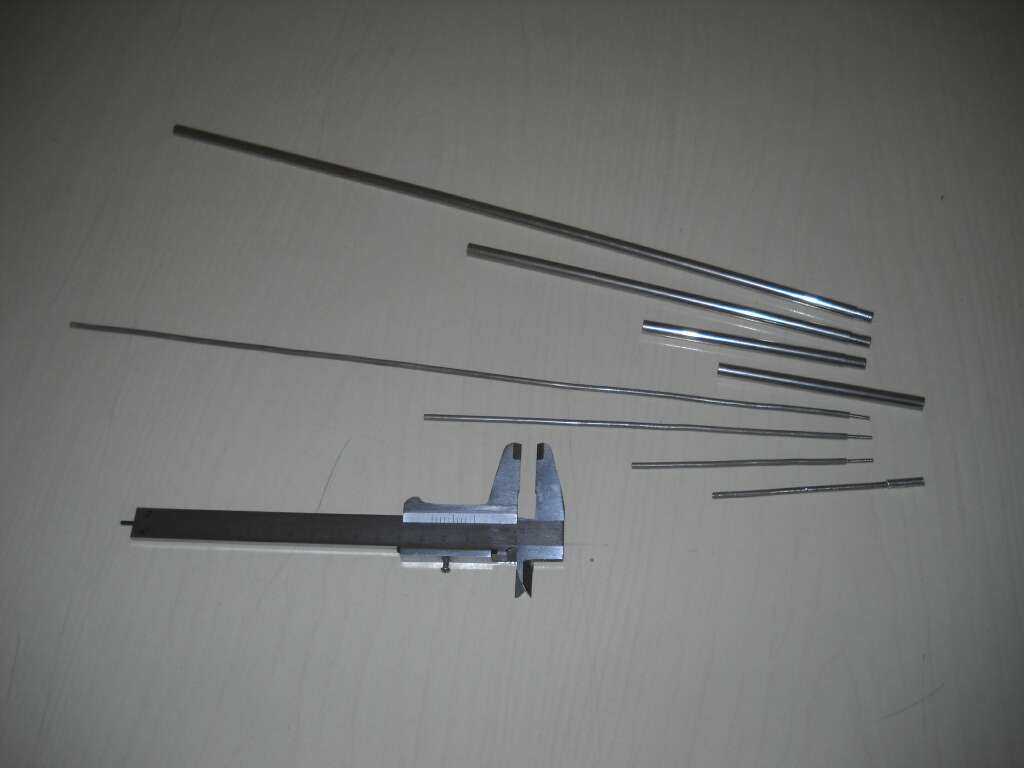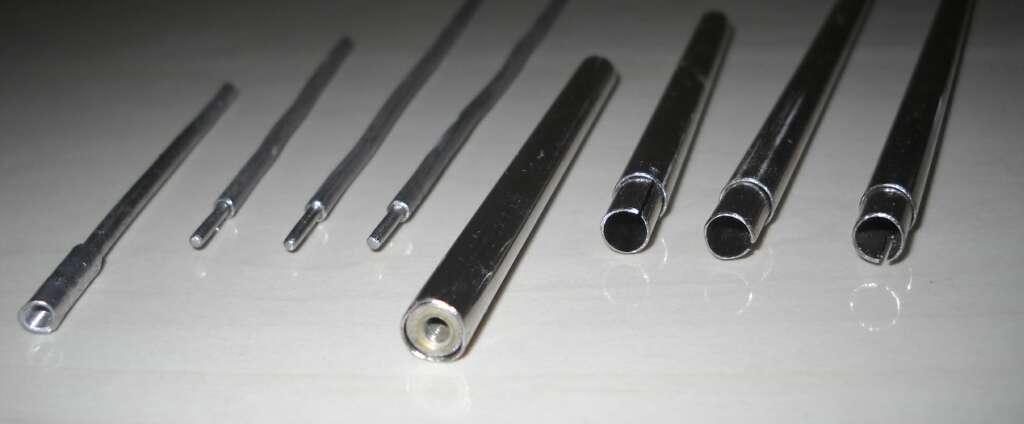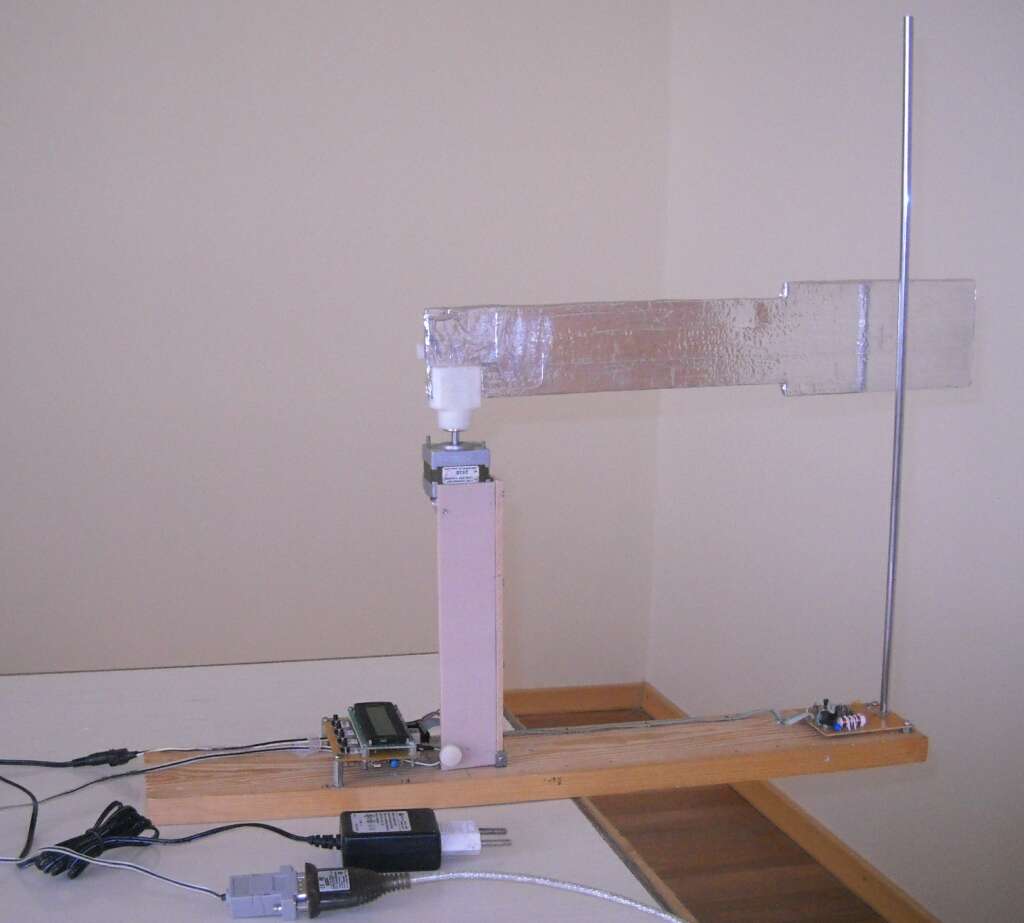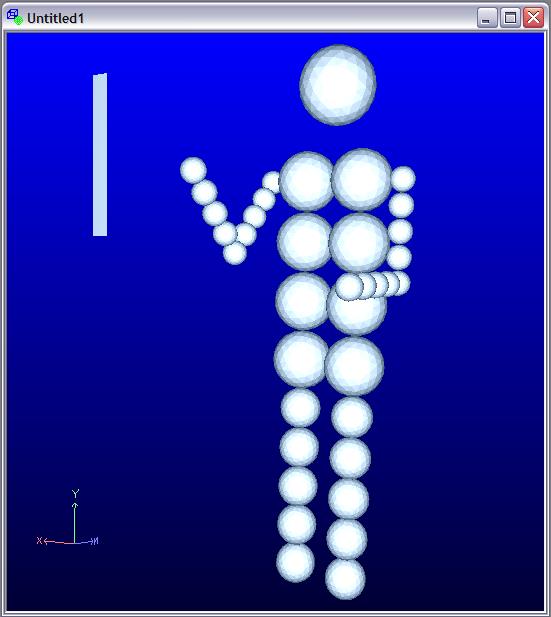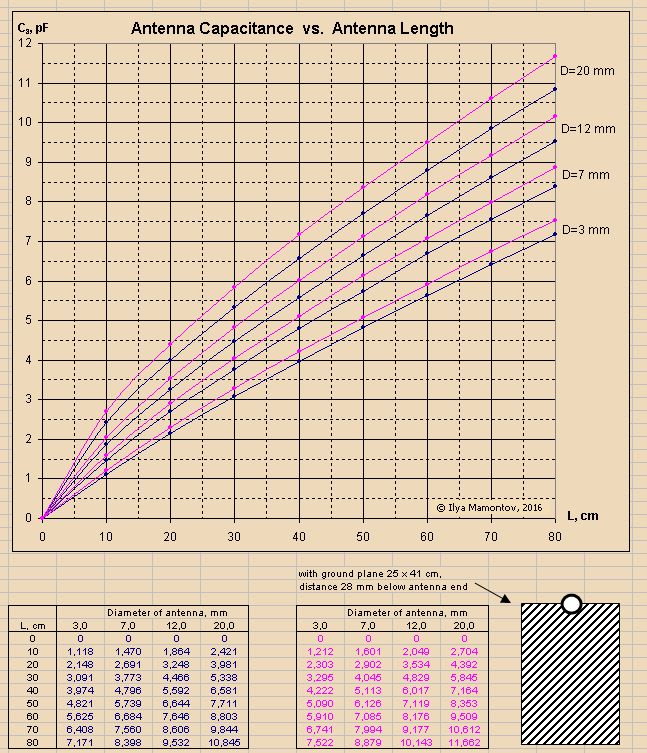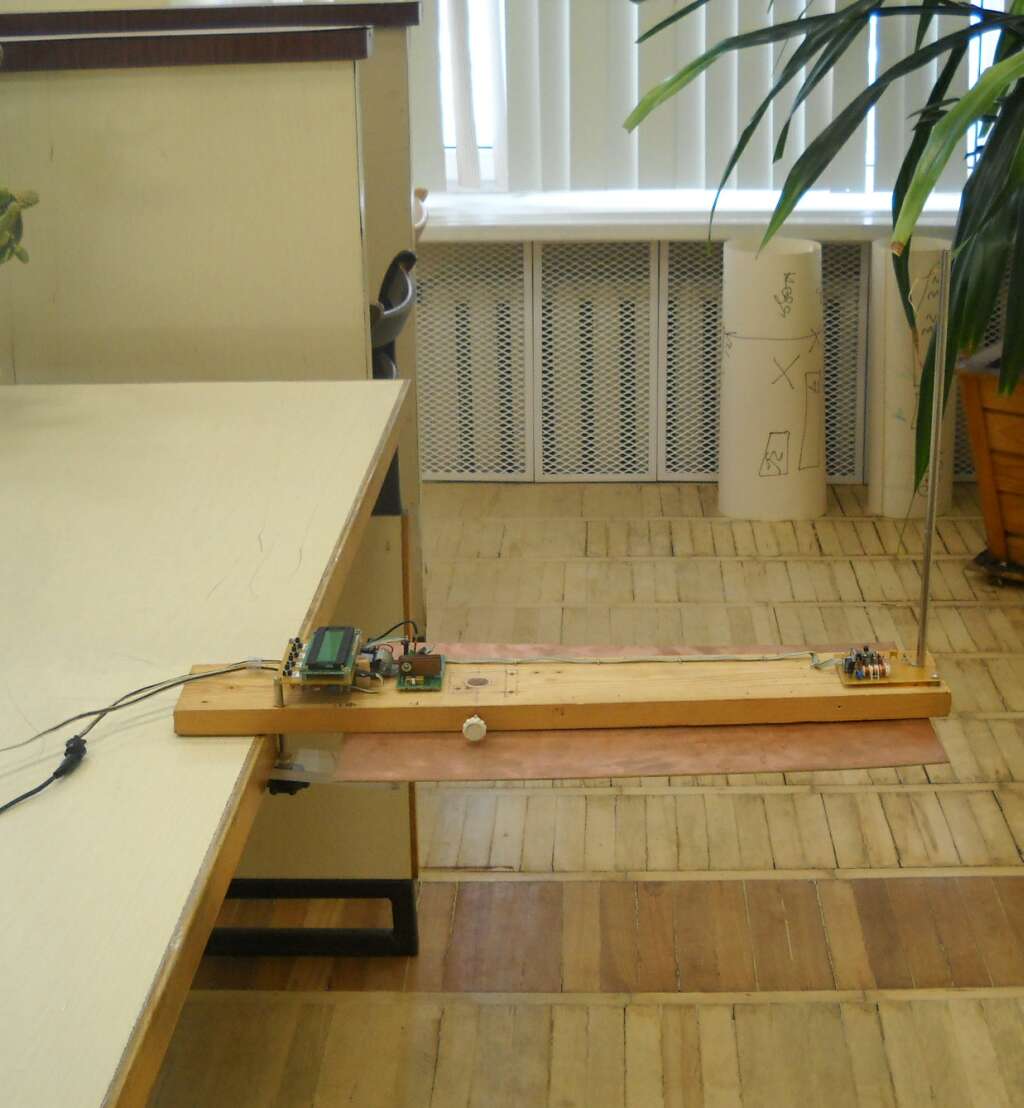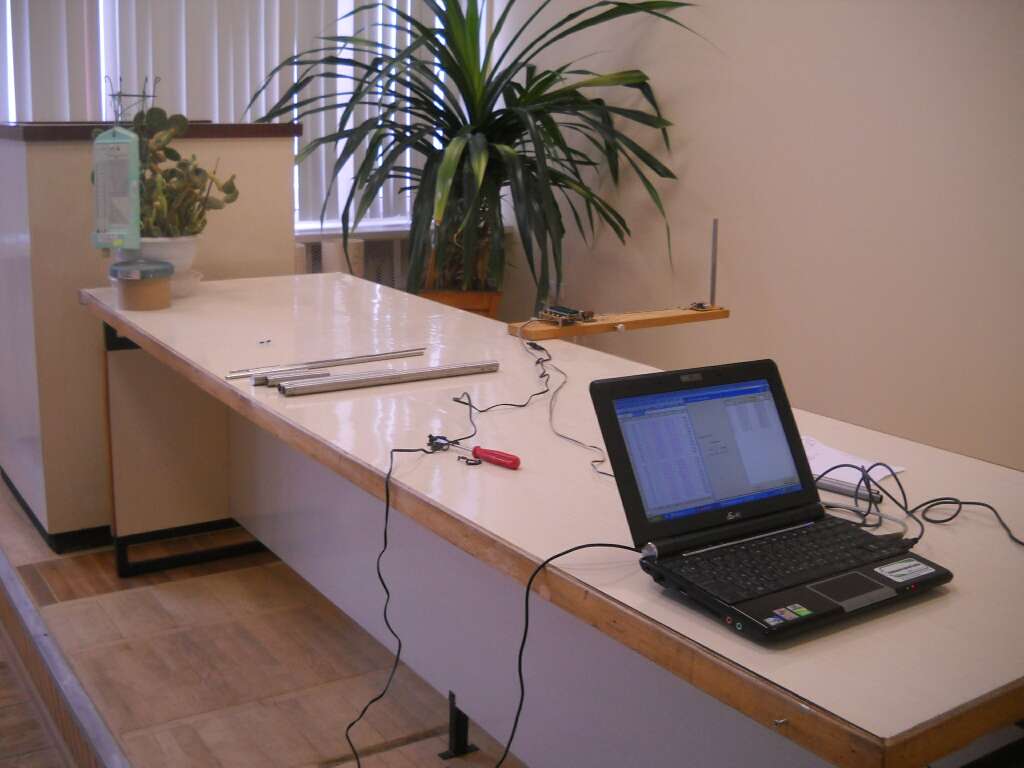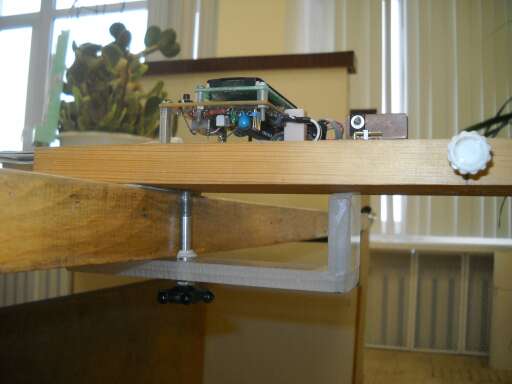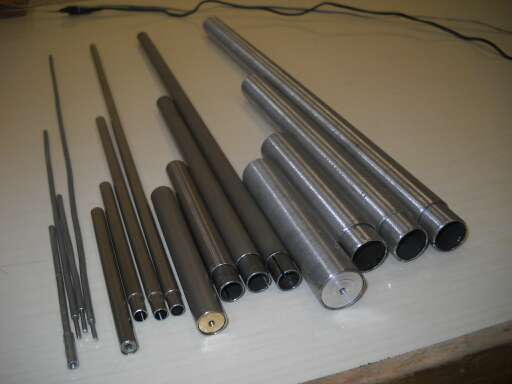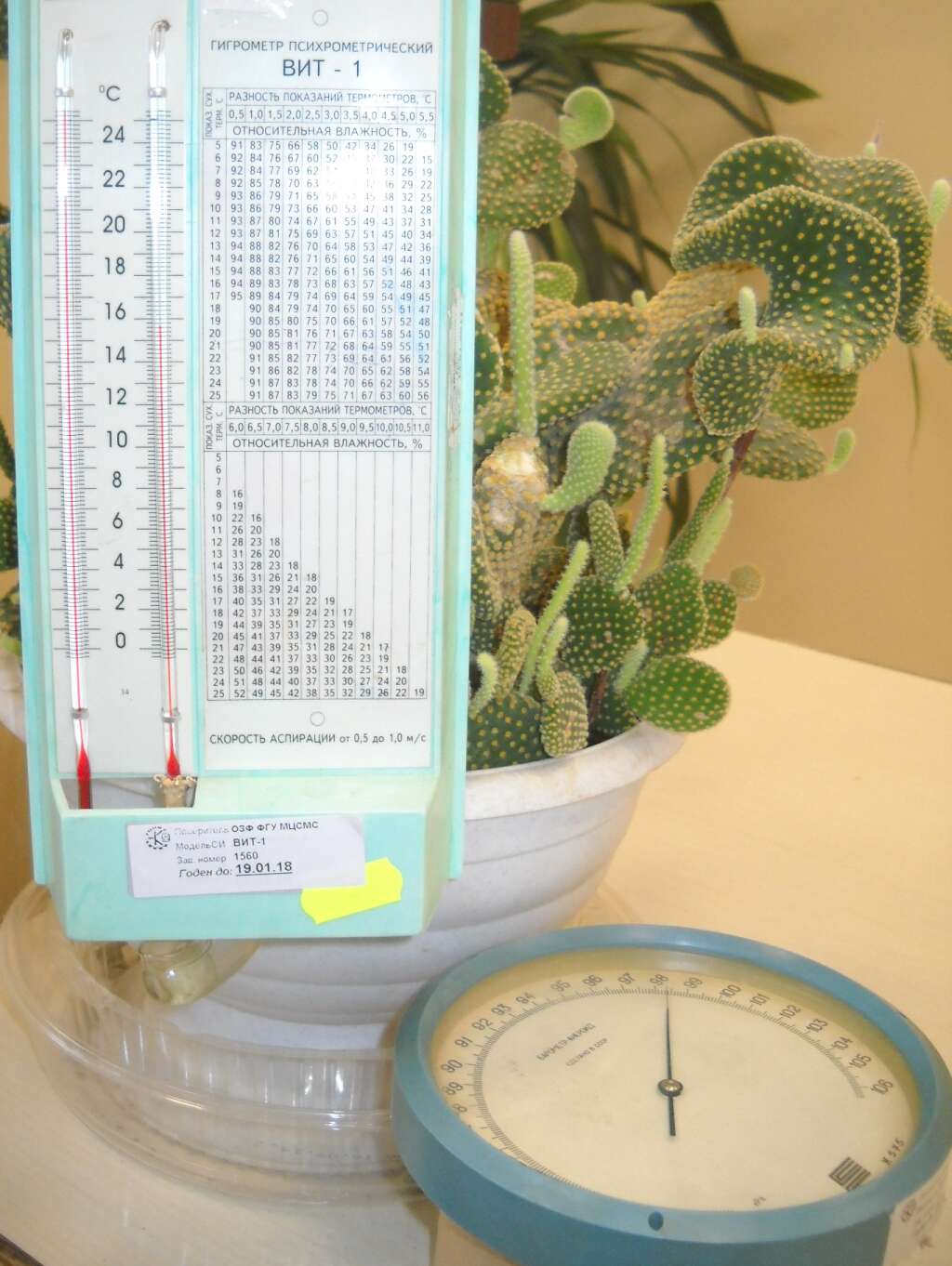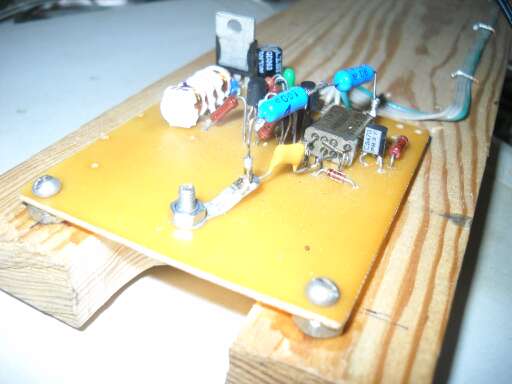"I can't yet. Any ideas?" - ILYA
I did this by mounting the oscillator and antenna on a camera tripod, which has easily variable height:
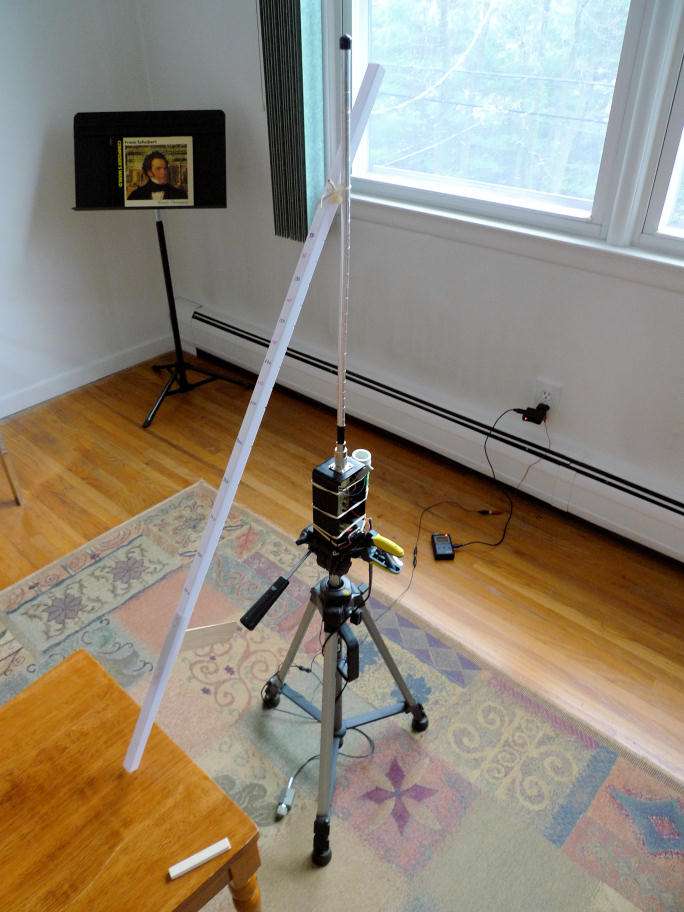
My plastic measuring stick (seen drooping onto the chair I sat in here during the measurement process) was affixed via plastic hardware (screw, cable clamp, and wire tie). I first tried using a wooden stick but I noticed that it perturbed the oscillator when I brought it near the antenna, whereas this plastic stick didn't.
To accommodate a "loose" antenna location you could maybe have a step in the initial calibration process that would find the point at which the "hand" touches the antenna and calculate the distances based on that?
I must say, this was one of the most basic and definitive (in my mind) experiments I've ever done - I wish I'd done it much earlier in my Theremin investigations. Using my real arm and real body, I don't think anyone can argue too vigorously that the setup and results have no basis in reality. And following it up with rigorous simulation sealed the deal (in my own mind at least). I think we perform these kinds of experiments mainly so that the numbers can guide us, rather than the mountain of (however well informed) conjecture in the field - numbers don't lie.
The area rug is long gone (student threw up on it, LOL :-)
[EDIT] Hey ILYA, can you move that stepper motor fast enough to measure latency / bandwidth? If so this might be the best apparatus for quanitifying it in various Theremins. Even analog Theremins can have slow response times if they don't use the heterodyned result directly as audio.
